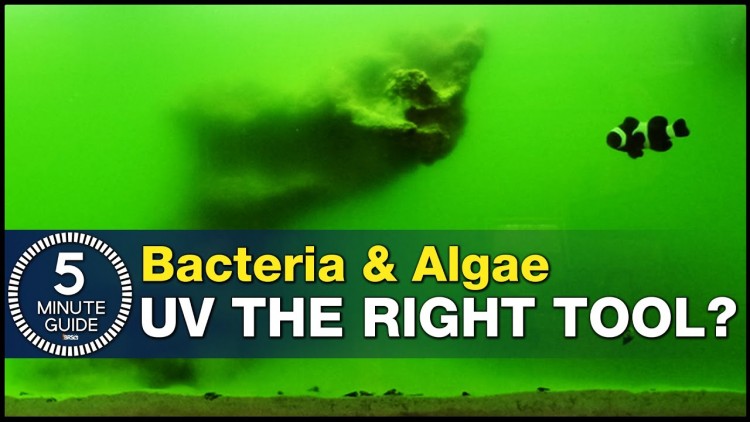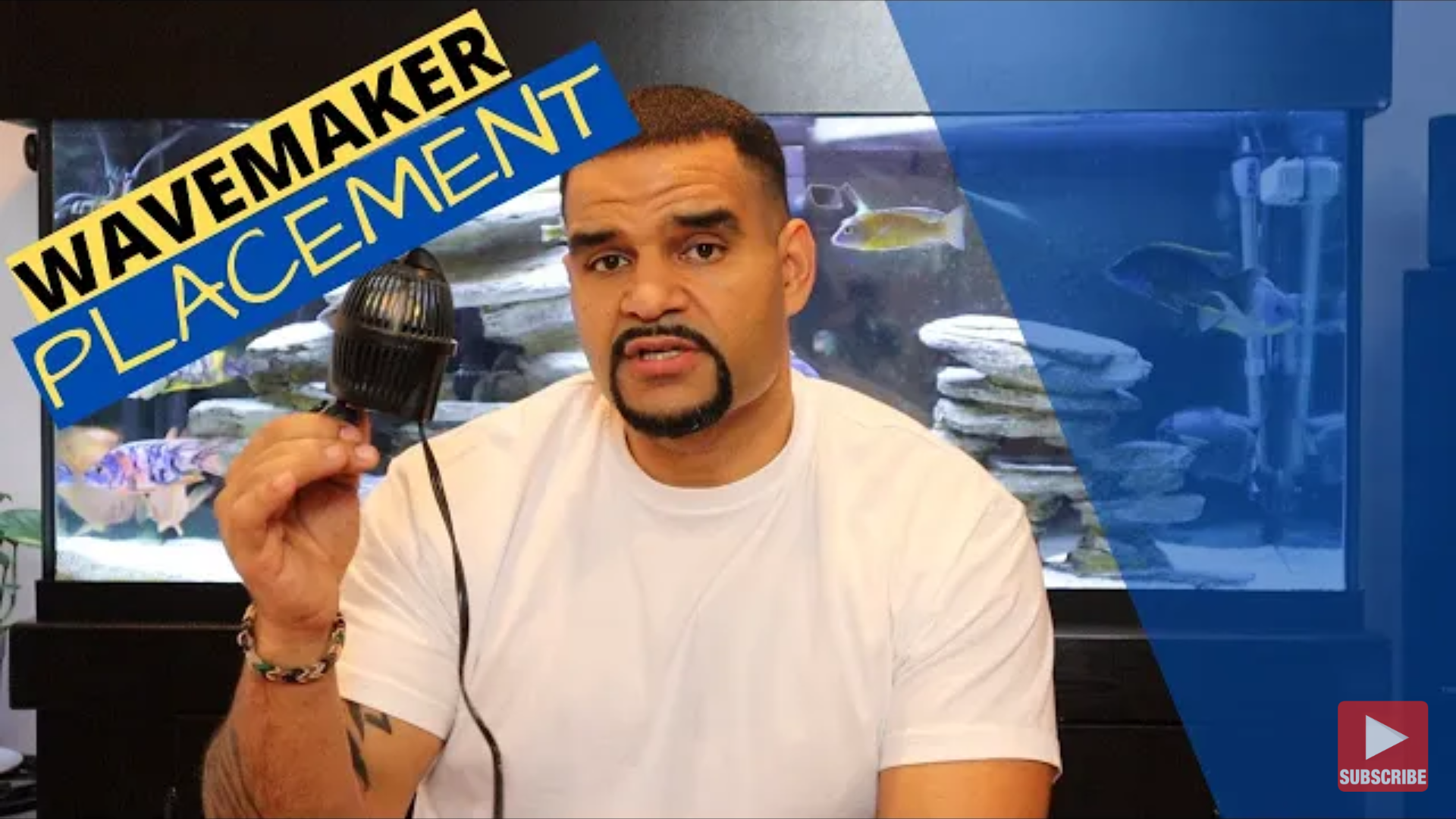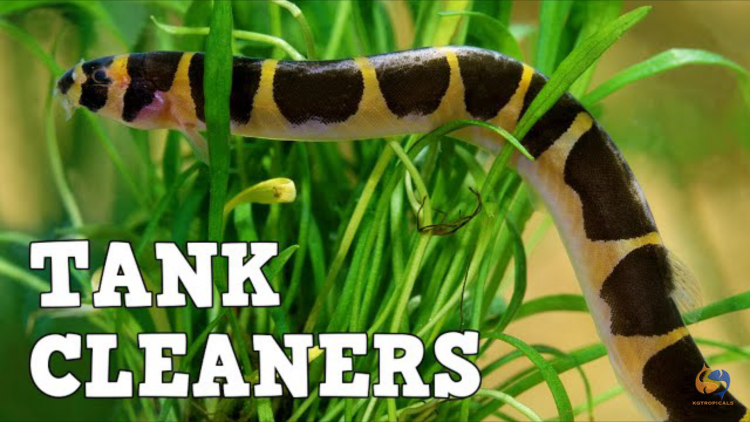Using UV as a tool for bacteria and algae problems
- Mar 27, 2020
- Dennis Kiranya
- 825 0 0

Our topic on this video will be on UV (UltraViolet) sterilizers. Is it juice worth the squeeze? We're going to share exactly what they do and don't do. A refreshing take in an age-old discussion. Our focus will be on algae and bacteria.
In this topic, we are going to discuss what UV does in a reef tank, but maybe more importantly, I'm more interested in what it won't do. I don't want to buy or maintain any gear that isn't going to achieve my desired goals. UV has always been one of the most hotly debated topics and I'm just going to say it, I think we've been talking about this all wrong: Misusing the tool by sizing it, installing them in ineffective manners. Sometimes using the UV for pest, it won't work on and at the same time completely missing a wealth of really valuable applications it's very effective on.
A UV sterilizer is used to reduce the population and spread of undesirable organisms in the reef tank. A lot of the answers you may hear are a simple yes or no if it's capable of doing that. Our approach to this is more specific:
How effective is it at specific goals?
Bacterial issues like cloudy blooms in the water and cyano or algae issue like hair algae, bryopsis, the spread of green film on the glass and organisms you may not have even considered as algae like dinos. We're to go into that deeper dive into the first two topics: UV and bacterial and algae issues, the two most common uses of preventing or solving cloudy bacterial blooms and cyano red slime. I picked this one out first because it's the most obvious and nearly everyone agrees on. A properly sized and installed UV will solve bacterial blooms that cloud the water or give that haze. That bacterial cloud or haze is pretty common in bare bottoms in the first year to a lesser degree in the first few months of many uncycled dry rock tanks. In this case, is pretty obvious why it works is often as quick as 24 hours, the bacterial problem is visually identifiable in the water where it's absolutely going to pass right through the sterilizer. I don't think I've met anyone who doesn't agree that UV is an effective tool to prevent or solve bacterial blooms.
The next is a bit murkier with red slime or cyanobacteria. Cyano is predominately a surface-dwelling bacteria that spreads on rock and sand because it predominantly lives on the surface. The cyano will not pass through the UV to be sterilized. So, at first glance, I will say UV is not the most effective solution on a current cyano outbreak. However, as with most pests, it's often an accumulation of efforts that solve the ongoing problems, not just one magic here. I do believe UV can be a small but effective component of permanently solving your cyano issue. In some cases, reducing the chances that even run into it simply by keeping the population of cyano in the water column low. The more common mistakes with cyano is assuming that simply blowing it off the surface or high flow will solve the problem. When you blow it off, it almost always just comes back in a day or two as the bacteria resettles and populates the ideal areas in the tank.
Well, higher flow sometimes solves the problem in a tank with flow issues. With tanks that have good flow and cyano issues, it often just blows the red slime bacteria off and changes where the cyano chooses to grow. However, in stark contrast that I've seen reefers be successful with manually siphoning the cyano out daily until it doesn't come back, which physically removes the cyano from the tank, the food sources it took up and at the same time provides an opportunity for competitive organisms to take over the surface area it was growing on. However, daily siphoning is a reasonable amount of daily effort more than most reefers probably want to do. However, as an alternative, you can run an effective UV solution. This is kind of a hybrid solution of sorts, where you can use a base or a pump on a rod to blow the cyano off the surfaces, break it up, suspend it into the water column with a UV can effectively sterilize it and dramatically reduce the overall population of cyanobacteria in the tank.
Blowing it off is a one-minute process and often easier than siphoning it out daily. End story I would not call UV an effective cyano or eradication tool, but I would call it an effective way to reduce the overall population, slow down the rate it reproduces or spreads makes other methods more effective.
Will a UV effective solution for good bacteria?
What about the beneficial bacteria that cycles our tanks, or even the bacterias reefers dose like Vibrant or MicroBacter Clean? The quick answer is UV will have little to no meaningful effect on beneficial bacterias because the vast majority of these bacterias are surface dwellers and live on the rock and sand, not in the water column. The one exception that might be some of the bacteria is people dose in relation to carbon dosing, most of these explicit states, don't use UV. In any case, when dosing bacteria it might be beneficial to turn off the UV for a short while and allow it to settle on a surface before you turn it back on.
Somewhat similar that people ask about UVs affecting microphonic like copepods and arthropods. I guess it is possible there's is some effect on them. But keep in mind that most of the copepods and anthropods in our tanks are surface dwellers as well. So a majority won't pass through the sterilizer. Not only that, but most of these are fairly low powered sterilizers in that 15 to 50-watt range and designed to work on very small. Single-cell organisms need a fairly high-powered microscope to even see. A copepod or anthropod can be seen with the naked eye, much more complex organism and unlikely to be affected by the UV, unless it dwells in there for a very long time. In any case, it's my own belief that UV sterilizer will have no meaningful effect on the overall microphonic population in a reef tank.
Is UV an effective tool on algae?
In this case, algae and predominantly three things: Routed algae like hair algae, algae film in the glass and organisms like dinos which are commonly considered algae. Starting with UV effectiveness, unrouted algae like hair and bryopsis. We found that UV significantly reduces the amount of algae that showed up in newer tanks, but eventually that algae did take route and spread at the same rate without the UV. Based on that it's my belief that UV combined with other efforts like herbivores, utilitarian fish, cleanup crew and a decent cycle will reduce the chances of running into a visual algae problem in the first stages of a newer tank, but will not be a significant help in solving an issue in an established tank.
However, in relation to green algae film, it grows on the glass, a vast majority of reefers who use properly sized and installed UVs report that the green film that grows in the glass just spreads much slower. Something we saw in our experiments as well. That may be because of the magnetic cleaners' effectiveness on cleaning a smooth surface like glass. After cleaning, it needs to be completely repopulated. The UV keeps us suspended forms of algae at such low levels. It just takes longer to repopulate and show the visual signs of growth in the glass. In any case, I don't know any reefer who doesn't appreciate clean the glass less frequently. As concerned the dinos which visually look more like slime, but generally considered a form of algae, there are many types of dinos out there. So, this isn't a universal answer, but the biggest differentiator is there are types which stay on the rock and sand almost exclusively. UV has been a preventative to these types but will not be an effective treatment alone.
It may be a partial solution with the manual removal and other treatment methods. However, there are some forms of dinos that break up at night and go back into the water column. These are the types that are suspended in the water at night and do go through the sterilizer and can be nearly eradicated from the tank at least visually so in just a matter of days, UV been the simplest way to avoid and treat many types of dino issues. If you can't seem to beat your dino issue and ready to give up, I certainly wouldn't do that without trying UV because it might solve your issue almost effortlessly.






About author